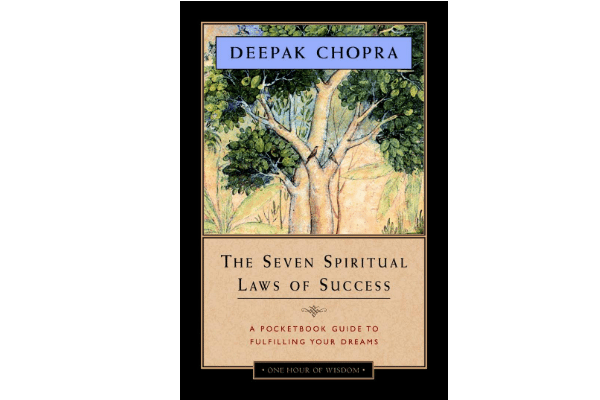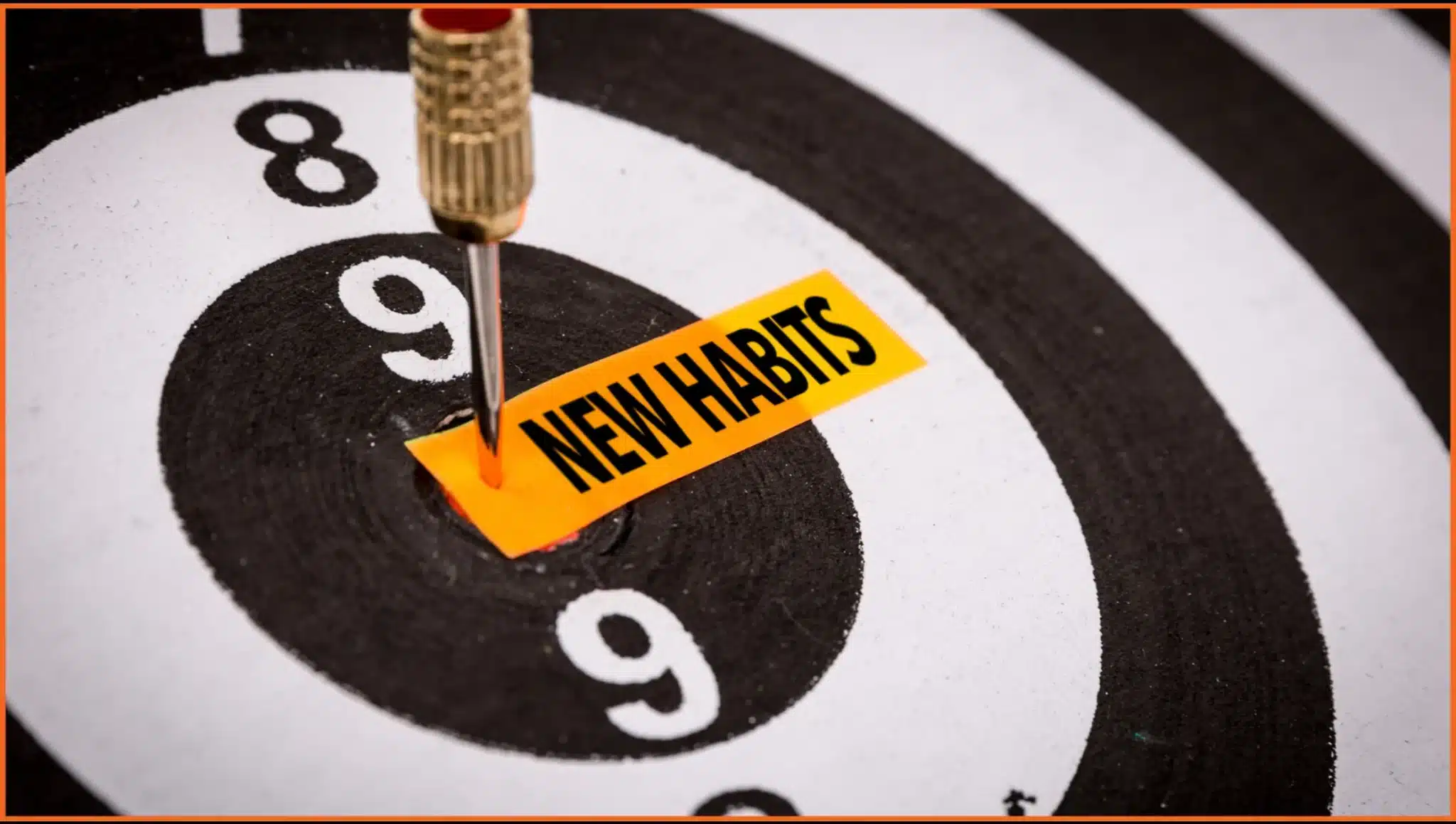In the fast-paced world of corporate life, where meetings, targets, and deadlines dominate the agenda, it’s easy to lose sight of what truly drives fulfillment and long-term success. But as we’ve seen time and again, the most effective leaders and teams are not just driven by goals—they’re fueled by purpose, awareness, and values.
In our experience working with leaders, managers, and HR professionals across industries, we’ve noticed that personal growth and self-awareness often lay the foundation for lasting professional success. And in that journey, spiritual principles, when understood in a grounded and practical way, can offer remarkable insights.
One such timeless guide is Deepak Chopra’s book, The Seven Spiritual Laws of Success. It is a fantastic read full of great wisdom. The laws are not just for those on a spiritual path — they offer profound lessons that resonate deeply within the corporate world as well.
Deepak mentions, “Life is a force flowing through us. Where we direct our attention, this force flows. And every moment is an opportunity to direct our attention to ideas that inspire us.”
Let’s explore each of these seven laws through the lens of corporate learning and leadership development.
One: The Law of Pure Potentiality
Table of Contents
“Our essential state is one of pure potentiality.”
This law reminds us that each individual holds within them untapped potential. In the world of corporate training, this concept mirrors what we see in strengths-based development and leadership training programs.
In our leadership workshops, we often use experiential learning activities to help participants reconnect with their authentic selves — beyond their roles and designations. It’s in this space of awareness that transformation begins.
Takeaway for L&D:
Investing in corporate training for employees that encourages self-reflection, emotional intelligence, and purpose alignment often brings out the best in your talent pool.
Two: The Law of Giving and Receiving
“Giving and receiving are different expressions of the same flow of energy.”
This law is based on the fact that everything in the universe operates through the dynamic exchange because giving and receiving are different aspects of the flow of energy. Any stoppage of the flow of this energy interfaces with nature’s intelligence. This isn’t merely an object exchange but the exchange of true feelings. This law is very simple: if you want love, learn to give love and if you want appreciation, learn to appreciate. The more you give, more you will receive. Everything that comes to you isn’t something that you earn, but a gift freely given by the universe, which means it comes from a deep awareness of what you need.
In today’s corporate world, employee engagement and well-being are hot topics. And rightly so. But engagement isn’t just about providing benefits — it’s also about creating a culture of appreciation and reciprocity.
In our experience, companies that practice corporate team building training rooted in empathy and connection often see a marked improvement in collaboration and morale.
Practical Tip: Encourage leaders to give authentic feedback, recognize contributions, and model servant leadership. This flow of positive energy enhances psychological safety and strengthens team bonds.
Three: The Law of Karma or Cause and Effect
“What we sow is what we reap.”
Karma is both an action and the consequence of that action. This is about the conscious choices we make every day. The best way to use karmic law is to step back and notice the choices we make. How do we react to a failed attempt, someone’s anger, a missed opportunity, appreciation, etc. If you notice your reaction carefully, you will see that you create whatever happens to you next.
In the corporate context, this aligns with the idea of accountability and ownership. The corporate trainer or manager who sows the seeds of trust, clarity, and fairness is likely to reap loyalty, performance, and innovation.
We’ve seen this unfold beautifully during our corporate leadership development trainings, where managers are encouraged to reflect on the long-term impact of their decisions.
Takeaway for HR and L&D:
Create safe spaces where employees can reflect on their choices, behaviors, and the outcomes they create — not just for performance reviews, but as a regular part of development conversations.
Related Read: Why Ownership Matters? Part 1
Related Read: Why Ownership Matters? Part 2
Four: The Law of Least Effort
“Nature’s intelligence functions with effortless ease.”
This is the principle of ‘do less’ and ‘achieve more.’ If you observe nature, you will experience this law everywhere. Grass doesn’t try to grow, it just grows; fish don’t try to swim, they just swim. This is all about finding and following your intrinsic nature. The entire concept of intrinsic motivation is based on this law. When we seek power and control over other people, we spend our energy in a wasteful way. If the intrinsic motivator guides our actions, our energy multiplies and gives us more joy.
This is not about laziness. It’s about alignment.
In our training sessions with managers, we’ve noticed that those who operate from their intrinsic motivation — what truly energizes them — tend to outperform those who are merely ticking boxes. The key lies in helping employees discover their natural strengths, and aligning roles and goals accordingly.
L&D Perspective:
Programs that focus on corporate trainer facilitator development often emphasize doing less, but better. It’s about focused action, not frantic activity.
Five: The Law of Intention and Desire
“Intention is the real power behind desire.”
This is about experiencing two qualities – attention and intention. Whatever we give our attention to grows stronger. The intent is for the future, while our attention is in the present. If we have a strong intent for a positive future result and we direct our attention to it, we shall achieve our goals. This can be achieved by practicing present-moment awareness. This will allow us to hold our attention to the intended outcome.
Goal setting, vision boards, OKRs – all these tools are rooted in this law. But here’s the secret: Intention works best when it’s aligned with values and not just targets.
In our corporate training programs, we guide leaders to ask: “What impact do I truly want to create?” It’s not about quarterly numbers alone. It’s about making meaning at work.
Pro Tip for HRs:
Incorporate corporate training topics like visioning, strategic storytelling, and personal branding into your learning journeys for maximum impact.
Six: The Law of Detachment
“Allow yourself and others the freedom to be who they are.”
This doesn’t mean that we give up our desires. It just means that we move away from the attachment to the outcome. Attachment, on the other hand, binds us in doubt, fear, and insecurity. One appropriate example could be related to our happiness. Happiness is a state of mind, yet people still connect it to something else and say things like, “if I get more money, I’ll be happy.” To be happy you just need to be happy.
We’ve seen that the best leaders know when to guide — and when to let go. Micromanagement kills creativity. But when employees are trusted with autonomy, they rise to the occasion.
This principle is central to effective facilitation, especially in corporate team events and development workshops. Facilitators create the structure — but the learning unfolds organically.
L&D Reflection:
Shift from “teaching” to “facilitating learning.” Equip your corporate trainers to focus on creating reflective spaces rather than being the source of all knowledge.
Seven: The Law of Dharma or Purpose in Life
“You have a unique purpose that only you can fulfill.”
This law says that all spiritual beings have taken a physical form to fulfill a purpose. We sometimes refer to this as calling. Everyone has a unique gift that can fulfill the unique needs of others. When we blend this unique talent with service to others, we experience ultimate bliss.
This is the heart of any corporate training development journey. When employees find alignment between their individual purpose and organizational goals, magic happens. Engagement, ownership, and innovation skyrocket.
In our experience designing corporate training programs for employees, a major shift happens when individuals start seeing their work not just as a job—but as a meaningful contribution.
For Leaders & HRs:
Encourage conversations around career development, purpose, and impact. Make these a part of your corporate training institute’s regular offerings.
Putting it Together: Spiritual Laws & Talent Development
The beauty of these spiritual laws is that they are timeless — and seamlessly applicable to the modern workplace. Whether it’s designing a corporate training course, developing leadership skills, or enhancing team collaboration, these principles guide us toward deeper, more sustainable impact.
Here’s how you can bring them into your L&D strategy:
| Law | L&D Application |
|---|---|
| Pure Potentiality | Strengths-based leadership development |
| Giving & Receiving | Culture of feedback and recognition |
| Karma | Reflective practice and conscious decision-making |
| Least Effort | Strength-aligned roles and goal-setting |
| Intention & Desire | Visioning and values-based planning |
| Detachment | Autonomy in learning and performance |
| Dharma | Purpose-aligned career development |
Final Thoughts: Inner Work = Outer Impact
As facilitators, we believe the most impactful learning journeys are those that transform from within. When learning is aligned with personal values, guided by clarity of intention, and supported by a conscious culture, both individuals and organizations thrive.
In the words of Deepak Chopra, “Success in life could be defined as the continued expansion of happiness and the progressive realization of worthy goals.”
So perhaps the most important corporate training you can offer your employees isn’t just about skills—it’s about helping them discover who they are, what they value, and how they want to grow.
That’s what true transformation looks like.
Recommended Reads:
If you liked the above post, you may also like the following:










